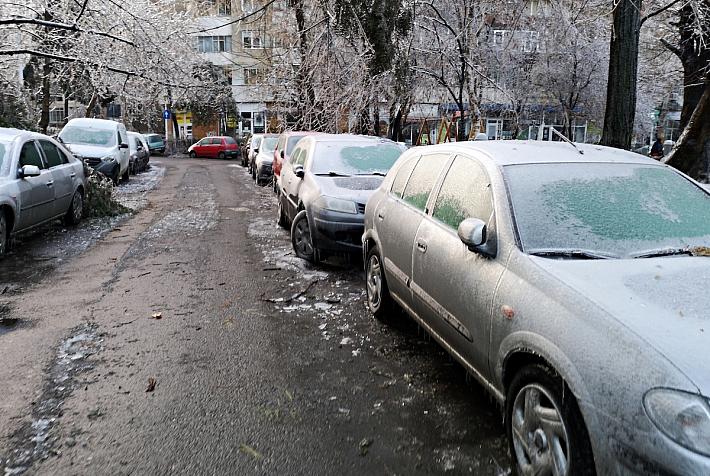Romania’s workforce participation below EU average but showing signs of improvement

Romania continues to have one of the lowest workforce participation rates in the European Union, with only 66% of people aged 15-64 active in the labor market, significantly below the EU27 average of 74%, according to data from the Social Monitor, a project of the Friedrich-Ebert-Stiftung (FES) Romania.
Several factors contribute to Romania’s lower labor force participation, including high emigration rates of working-age individuals, especially after Romania joined the EU, health-related inactivity, with many people unable to work due to illness or disability, aging population, and declining birth rates over the past decades.
The report highlights that out of 12.2 million Romanians aged 15-64, only 8.06 million were classified as active in the labor market in 2023. However, not all of them were employed - only 6.5 million had official jobs, leading to an employment rate of 54%, well below the EU average of 60%.
While Romania struggles with low employment levels, other EU countries perform significantly better. Sweden leads with 84% labor force participation, while Poland and Bulgaria both exceed 70%.
Meanwhile, Romania has a high proportion of informal and self-employed workers. The country is home to 200,000 unpaid domestic workers, nearly 20% of the total in the EU, as well as 840,000 self-employed individuals, many of whom are subsistence farmers.
Despite these challenges, the labor market in Romania has shown progress over the past decade. The number of unpaid domestic workers dropped from 891,000 in 2014 to 209,000 in 2023, and official employment increased from 5.8 million in 2014 to 6.5 million in 2023, according to the FES report.
andrei@romania-insider.com
(Photo source: Starfotograf/Dreamstime.com)











